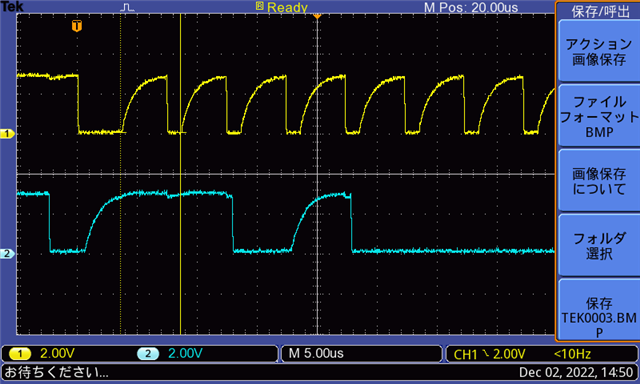First of all, the fast mode should be 400kHz, but it seems to be only 200kHz according to the waveform. Also, the duty cycle seems to be wrong.

Secondly, It seems that CONFIG_I2C_CALLBACK is not working at all. I have written the callback function as follows, but it is not called.


